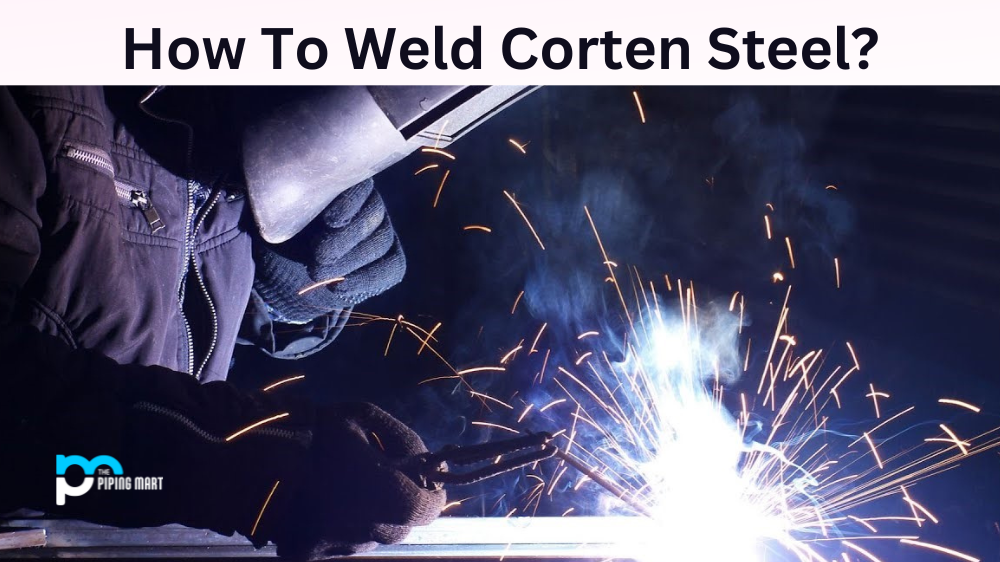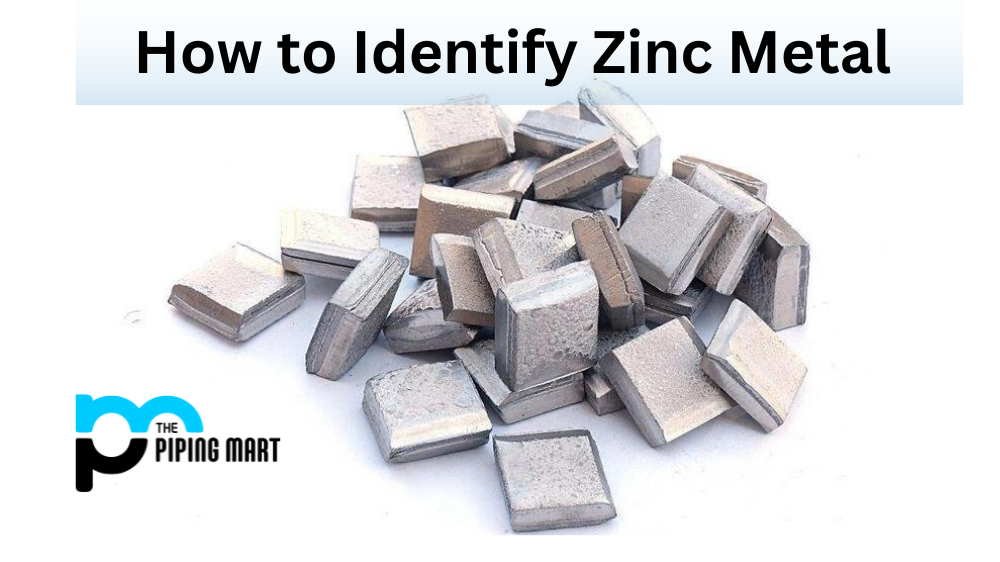Stainless steel is one of the most versatile materials used in various applications, including construction, industrial, and consumer products. And with the many grades available, knowing which one to choose for your project or product can be challenging. This blog post discusses two commonly used stainless steel grades – 302HQ and 304 – and their key differences and applications.
What is 302HQ Stainless Steel?
302HQ is austenitic stainless steel with high strength, hardness, and excellent corrosion resistance. It contains 17-19% chromium, 8-10% nickel, and 2-3% molybdenum, making it highly resistant to oxidation and increasing its general strength and toughness. Moreover, compared to stainless steels such as 304L, 302HQ has higher Mechanical Property values, making it a great choice for applications requiring superior tensile and yield strengths in moderately corrosive environments.
What is Stainless Steel 304?
Stainless steel 304 is an alloy of iron, nickel, and chromium. It is highly corrosion-resistant and has a high-temperature strength. This makes it ideal for use in harsh environments, such as medical equipment and chemical processing materials. It’s also known for its ease of fabrication and low cost, making it very popular among manufacturers who require quality products on a budget.
Difference Between 302HQ Stainless Steel and 304
Chemical Composition
One of the main differences between 302HQ and 304 stainless steel is their chemical composition. 302HQ is austenitic stainless steel primarily composed of chromium, nickel, and copper. Its high copper content makes it highly corrosion-resistant, especially in coastal and marine environments. On the other hand, 304 stainless steel is also austenitic but composed mainly of chromium and nickel. It has lower copper content than 302HQ but higher amounts of manganese and silicon, making it more versatile and widely used in various applications.
Physical Properties
Regarding physical properties, 302HQ and 304 stainless steel differ in several ways. For instance, 302HQ is tougher and more pliable than 304, making it ideal for applications that require high strength and wear resistance. It also has higher tensile strength but lower elongation than 304. Meanwhile, 304 is more malleable and easier to work with than 302HQ, making it popular in fabrication and welding processes.
Applications
Due to their chemical composition and physical properties differences, 302HQ and 304 stainless steel are commonly used in different applications. 302HQ is an excellent choice for fasteners, screws, and bolts thanks to its corrosion-resistant properties and high strength. It is also widely used in the automotive industry, particularly in manufacturing fuel tanks and wire products. On the other hand, 304 stainless steel is a popular choice for household appliances, cookware, and food processing equipment, thanks to its high resistance to corrosion, easy fabrication, and low maintenance requirements.
Pricing
Regarding pricing, 302HQ and 304 stainless steel differ primarily due to their composition and production costs. 302HQ is usually more expensive than 304 due to its higher copper content and the production processes required to achieve its desired properties. However, the difference in cost is usually minor, and other factors, such as application requirements and availability, should also be considered before making a purchase decision.
Corrosion Resistance
Both 302HQ and 304 stainless steel offers excellent corrosion resistance but differ in their resistance to specific types of corrosion. For example, 302HQ is highly resistant to stress corrosion cracking (SCC), making it ideal for applications where corrosion resistance is critical, such as the marine industry. Meanwhile, 304 stainless steel is more resistant to general corrosion, making it suitable for applications where exposure to harsh chemicals or acids is expected.
Conclusion
In summary, deciding between 302HQ and 304 stainless steel requires a clear understanding of their differences in chemical composition, physical properties, applications, and pricing. 302HQ is an excellent choice for applications that require high strength and resistance to corrosion, such as fasteners and automotive manufacturing. Meanwhile, 304 stainless steel is popular in household appliances, cookware, and food processing due to its versatility, easy fabrication, and low maintenance requirements. Ultimately, it’s essential to consider other considerations, such as availability and application requirements, before choosing between them.

A passionate metal industry expert and blogger. With over 5 years of experience in the field, Palak brings a wealth of knowledge and insight to her writing. Whether discussing the latest trends in the metal industry or sharing tips, she is dedicated to helping others succeed in the metal industry.




